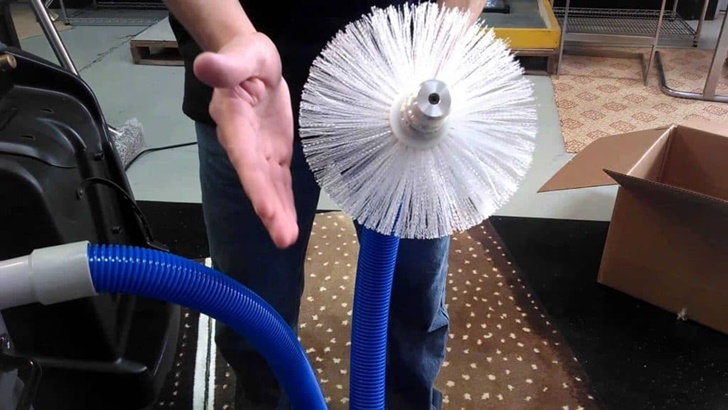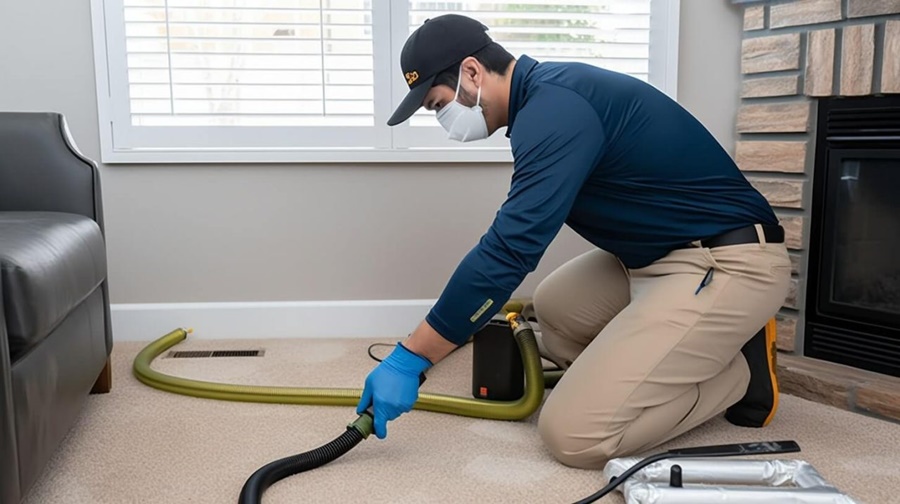Air duct cleaning is an essential process for maintaining the indoor air quality of your home or business. Over time, dust, allergens, and pollutants accumulate in your air ducts, leading to potential health risks and inefficiencies in your HVAC system. Understanding the best air duct cleaning methods available is crucial for ensuring that your environment remains safe and comfortable. In this article, we delve into the various cleaning methods, their effectiveness, and recommendations for optimal results.

Understanding Air Duct Cleaning
Before exploring the best methods, it is vital to comprehend what air duct cleaning entails. This process involves the removal of dust, dirt, mold, and other contaminants from your heating and cooling system’s ductwork. Regular cleaning can enhance your HVAC system’s efficiency, improve air quality, and prolong the lifespan of your equipment.
Why Is Air Duct Cleaning Important?
1. Energy Efficiency: When ducts are clogged with debris, your HVAC system must work harder to maintain the desired temperature, leading to higher energy costs. Cleaning the ducts can enhance system efficiency.
2. Odor Reduction: Accumulated debris in the ducts can cause unpleasant odors. Regular cleaning can help eliminate these odors, ensuring a fresher indoor environment.
3. Mold Prevention: Moisture can accumulate in air ducts, leading to mold growth. Regular inspections and cleaning can help prevent this hazardous condition.
Popular Air Duct Cleaning Methods
1. Rotobrush Cleaning Method
The Rotobrush system is a highly effective method that utilizes a rotating brush and vacuum system. This method involves inserting a specialized brush into the ductwork, which agitates the dirt and debris, allowing it to be vacuumed away.
Advantages:
Thorough Cleaning: The rotating brush can reach deep into the ducts, effectively removing stubborn debris.
Versatile Application: Suitable for various duct sizes and types.
Disadvantages:
Cost: This method can be more expensive than other cleaning methods.
2. Truck-Mounted Vacuum Systems
Truck-mounted vacuum systems are among the most powerful cleaning options available. These systems utilize high-powered vacuums mounted on trucks to remove contaminants from the ductwork.
Advantages:
High Suction Power: This method effectively removes large amounts of debris and contaminants.
Reduced Disruption: As the vacuum is mounted outside, there is minimal disruption to the indoor environment.
Disadvantages:
Accessibility Issues: Some properties may not allow easy access for trucks.
3. Air Whip Cleaning Method
Air whip cleaning involves the use of compressed air to dislodge dust and debris from the duct walls. This method is particularly effective for removing light particles from the duct surfaces.
Advantages:
Minimal Equipment: Requires less equipment compared to other methods.
Cost-Effective: Generally more affordable than other techniques.
Disadvantages:
Less Effective for Heavy Debris: This method may not be as effective for substantial buildup.
4. Chemical Biocides and Sanitizers
Some cleaning services use chemical biocides and sanitizers to treat the ducts after cleaning. This approach aims to kill any remaining mold or bacteria.
Advantages:
Effective Microbial Control: Helps in eliminating pathogens that may linger after physical cleaning.
Disadvantages:
Chemical Exposure: The use of chemicals can pose health risks if not handled properly.
5. Manual Cleaning Method
The manual cleaning method involves physically accessing the ducts to remove debris by hand. This method is often combined with vacuuming for thorough cleaning.
Advantages:
Precision: Allows for targeted cleaning in hard-to-reach areas.
Low Cost: Generally requires less equipment and can be done by homeowners.
Disadvantages:
Labor-Intensive: This method is time-consuming and may not be practical for large systems.
Choosing the Right Method for Your Home
When selecting an air duct cleaning method, consider the following factors:
Size of the Ductwork: Larger systems may benefit more from powerful vacuum systems or Rotobrush methods.
Type of Contaminants: Different methods are better suited for specific types of debris (e.g., dust vs. mold).
Budget: Consider the cost of each method and choose one that fits your financial constraints.
Health Concerns: If you have allergies or respiratory issues, opt for methods that ensure thorough cleaning and minimize the introduction of chemicals.
DIY vs. Professional Air Duct Cleaning
While some homeowners may attempt to clean their ducts themselves, professional cleaning is generally recommended for optimal results. Professionals have access to specialized equipment and possess the expertise to ensure that the cleaning process is both effective and safe.
Conclusion
In conclusion, the best air duct cleaning method depends on various factors, including the size of your system, type of contaminants, and your budget. Utilizing methods such as the Rotobrush, truck-mounted vacuum systems, or professional services can significantly enhance indoor air quality and HVAC efficiency. Always prioritize regular maintenance and cleaning to ensure a healthy living environment.
